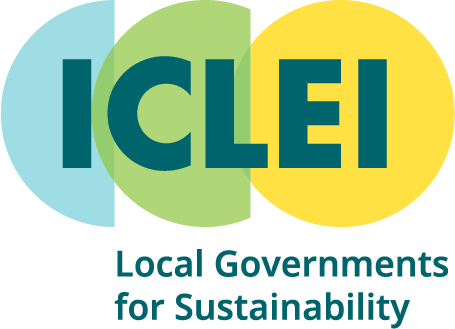Local Authorities Major Group
Local Authorities Major Group
(LAMG)
The Major Groups system has its origins in the first United Nations Conference on Environment and Development in 1992 - known as the Earth Summit. The Agenda 21, adopted at the Earth Summit, created nine Major Groups to facilitate the participation of non-state actors in the United Nations System
The nine Major Groups are:
Women
Children and Youth
Indigenous Peoples
Non-Governmental Organizations
Local Authorities
Workers and Trade Unions
Business and Industry
The Scientific and Technological Community
Farmers
In contrast to the other Major Groups, the LAMG is a governmental, rather than a civil society, constituency:
Local or municipal governments, responsible for the administration of cities, towns and villages
Subnational governments, which include organized territorial authorities above the municipal level, such as federal states, regions, provinces, and counties
The Local Authorities Major Group gathers a number of networks of local and sub‑national governments working on sustainable development policies and programmes that are willing to engage in the international negotiation processes. Through its links with the Global Taskforce it reaches all relevant networks (thematic, regional and global) working for local governments internationally.
In UN wording, "Local Authorities" includes local and regional governments, and cities and their associations. Our constituency is also referred to as "local and sub‑national governments".
Global Taskforce members ICLEI, Regions4 Sustainable Development and UCLG are the Organizing Partners for the Local Authorities Major Group, and work to link up the constituency with the UN.
UCLG facilitates the flow of information between the LAMG and the Global Taskforce members and gathers inputs from them to develop position papers and statements for the negotiations. UCLG also ensures wide representation of local and regional authorities through the GTF.





